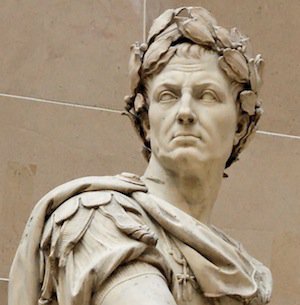 |
|||||||||||||
|
The Birth of Christianity: Hellenistic influence Review "Helenistic Influence". "Alexander the Great and his successors, the Ptolemies of Egypt and the Seleucids of Damascus, had long since begun the process of Hellenising the eastern Mediterranean hinterlands. They had established Greek cities at Alexandria, Antioch, Tarsus and elsewhere, and imported their culture to many more. The Romans took this insertion of Hellenistic culture into the region even further. They adopted the entire Greek pantheon as their own and employed Greeks – or enslaved them – as clerks, business managers and scribes. Everywhere the Romans went, one might say, the Greeks were sure to go, and Judah was no exception." ~ from Why Men Made God, page 199.  "From as early as the 8th century BC Greek emigrants founded new settlements in Italy, North Africa, southern France, Asia Minor, and the Black Sea region. Alexander the Great (d. 323 BC) conquered the east as far as India. His successors brought about an unparalleled expansion of Greek civilization in which Greek language and culture became the koine, the most common and acceptable way of life." ~ from Worlds Intertwined: Etruscans, Greeks, and Romans, Penn Museum. Visit the website to read more and follow the links to image galleries.
"From as early as the 8th century BC Greek emigrants founded new settlements in Italy, North Africa, southern France, Asia Minor, and the Black Sea region. Alexander the Great (d. 323 BC) conquered the east as far as India. His successors brought about an unparalleled expansion of Greek civilization in which Greek language and culture became the koine, the most common and acceptable way of life." ~ from Worlds Intertwined: Etruscans, Greeks, and Romans, Penn Museum. Visit the website to read more and follow the links to image galleries.
"There is an old saying “Rome wasn’t built in a day.” It could also be said that “Rome wasn’t built by the Greeks in a day.” ~ from the article "The Greek Influence on Rome" by Dean J. Argyris, March 15, 2013. Read the article. |
| Copyright © Redefining the Sacred. All rights reserved. | |